Flotation tank refers to the mechanical equipment that completes the flotation process.
In the flotation tank, the slurry treated with chemicals is agitated and air-inflated, so that some of the mineral particles are selectively fixed on the bubbles; some particles float to the surface of the slurry and are scraped out to form a foam product, and the rest is retained in the slurry, thus achieving the purpose of separating minerals.
There are many types of flotation machines. At present, the most commonly used ones are mechanical agitation flotation machines, air-inflation agitation flotation machines and air-inflation flotation machines (flotation columns).
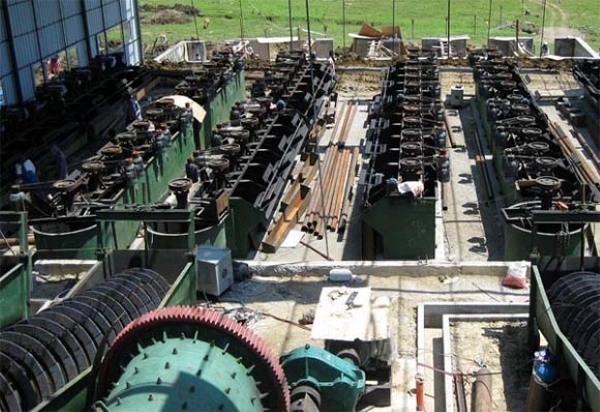
01Types of Flotation Tanks
1. Mechanical Agitation Flotation Tank
The air-inflation and agitation of the slurry of this type of flotation machine are completed by the impeller and a customized mechanical stirring device. It is the external air self-suction flotation machine, which generally inhale air from mechanical agitation device at the bottom of the flotation tank.
This type of flotation machine can not only self-inhale air, but also self-inhale ore pulp. It is easy to achieve self-flow when returning from middling, with few auxiliary equipment, neat equipment configuration, simple operation and maintenance, etc. However, this machine has small air volume, high power consumption, and is easy to wear.
But still, the mechanical agitation flotation machine is the most widely used among all kinds of flotation machines.
2. Air-Inflation Agitation Flotation Tank
The air-inflation agitation flotation machine is equipped with both a mechanical stirring device and an external fan.
But the mechanical stirring device generally only plays the role of stirring the slurry and distributing the air flow. The air is mainly pressed into the slurry by the external fan. Air-inflation and agitation are separate.
Therefore, this type of flotation machine has the following characteristics compared with general mechanical agitation flotation machine:
The air is supplied by an external blower, and the amount of inflation can be adjusted through the valve according to the needs of flotation.
Since the impeller only plays a stirring role and does not have an air-inflation effect, the speed is low and the stirring is not very strong, so it not easy to produce mud when processing brittle minerals. The slurry surface is relatively stable and it is easy to form a stable foam layer, which is beneficial to improve the sorting index.
The impeller speed is low, the ore pulp flows by gravity, so the electricity consumption per unit of ore processing is low. And it has long service life and low equipment maintenance cost.
This type of flotation machine has CHF-X type, XJC type, BS-C type, KYF type, BS-K type, LCH-X type, CLF type, etc.
3. Air-Inflation Flotation Tank (Flotation Column)
The structural feature of this type of flotation machine is that there is no mechanical agitator, and no transmission parts. The air-inflation of the ore slurry is achieved by an external air compressor.
The flotation column has the advantages of simple structure and process flow, fewer wear parts, and easy operation and management.
However, the outstanding shortcoming is that the aerator in the alkaline slurry tends to be blocked due to calcium formation and disrupts the production process.
Practice has proved that the flotation column is more suitable for roughing and sweeping operations of easy beneficiation ore with simple composition and high grade.

02Selection Tips
The rough sweeping operation of large and medium-sized concentrators generally uses mechanical agitation or air-inflation agitation flotation machines. For ore that is easy to be separated and the amount of aeration is not large, a mechanical agitation flotation machine, such as XJQ, JJF, SF or SF-JJF combined flotation machine, would be suitable; For the ores that are difficult to separate and require a large amount of aeration, it is advisable to use air-inflation mechanical agitation flotation machine, such as CHF-X, BS-K, XJC flotation machine and BS-K, KYF, XCF- KYF type combined flotation machine. The latter three types of flotation machines are especially suitable for the flotation of coarse-grained and high-density minerals.
The foam layer of concentration stage is thick and does not require a large amount of aeration. Generally, we can use a flotation machine with a smaller amount of aeration.
For small mineral processing plants, in order to reduce auxiliary equipment, facilitate equipment configuration, and facilitate operation and maintenance, we can use mechanical agitation flotation machines with self-priming slurry capability.
When determining the number of cells in the flotation machine, attention should be paid to prevent "short circuit" of the ore slurry. The number of cells in each row of roughing and scavenging operations is generally no less than 8.
In order to save capital and production costs, and reduce the floor space, the flotation equipment models should be as large as possible, but it must be compatible with the scale or the production capacity of the concentrator.
When using a flotation column, it must be based on a certain scale of experimental research.
03To Wrap Up
The above are some common types and selection principles of flotation machines. In actual production, you can refer to the above content and combine the results of the beneficiation test to select the flotation machine, thus selecting the most suitable equipment and maximize the benefits of the concentrator.
If you have any questions about the types and selection of flotation machines, please leave a message to communicate with us, or consult our online customer service.
- Random article
- Popular articles
- Popular comments
- Optimal Flotation Process for Copper Ore (Partial Priority+Mixed)
- Tin ore gravity separation+roasting+magnetic separation+gravity beneficiation process
- Hg-ore flotation process
- Gravity combined beneficiation process for wolframite ore
- Nickel ore priority flotation process(Sulfide ore)
- Sulfide Ore Nickel Ore Mixed Flotation Process
- Laterite Nickel Ore Hydrometallurgical Process for Oxide Ore




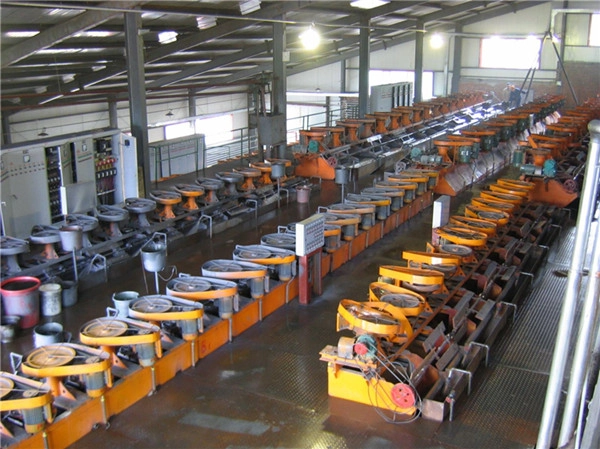

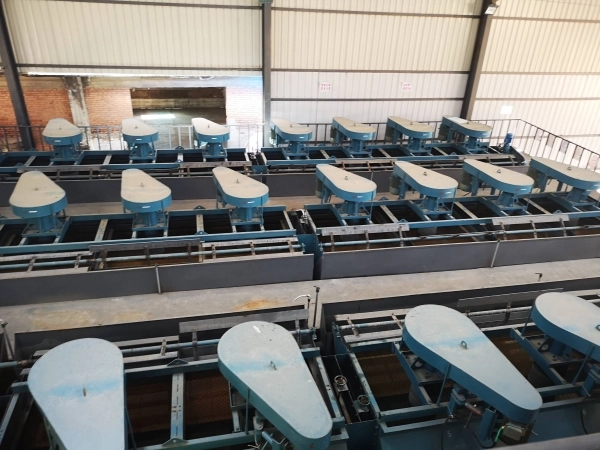
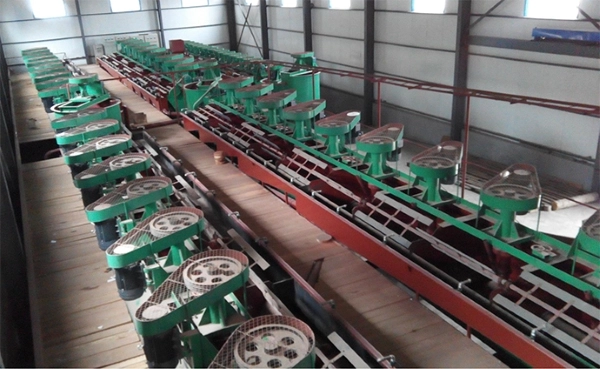





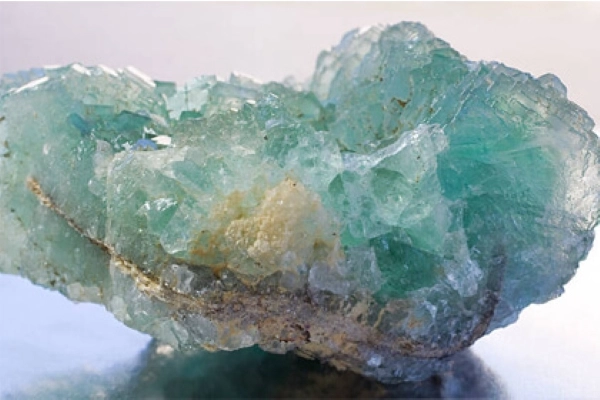

Leave a message with your needs or comments
Add comment: